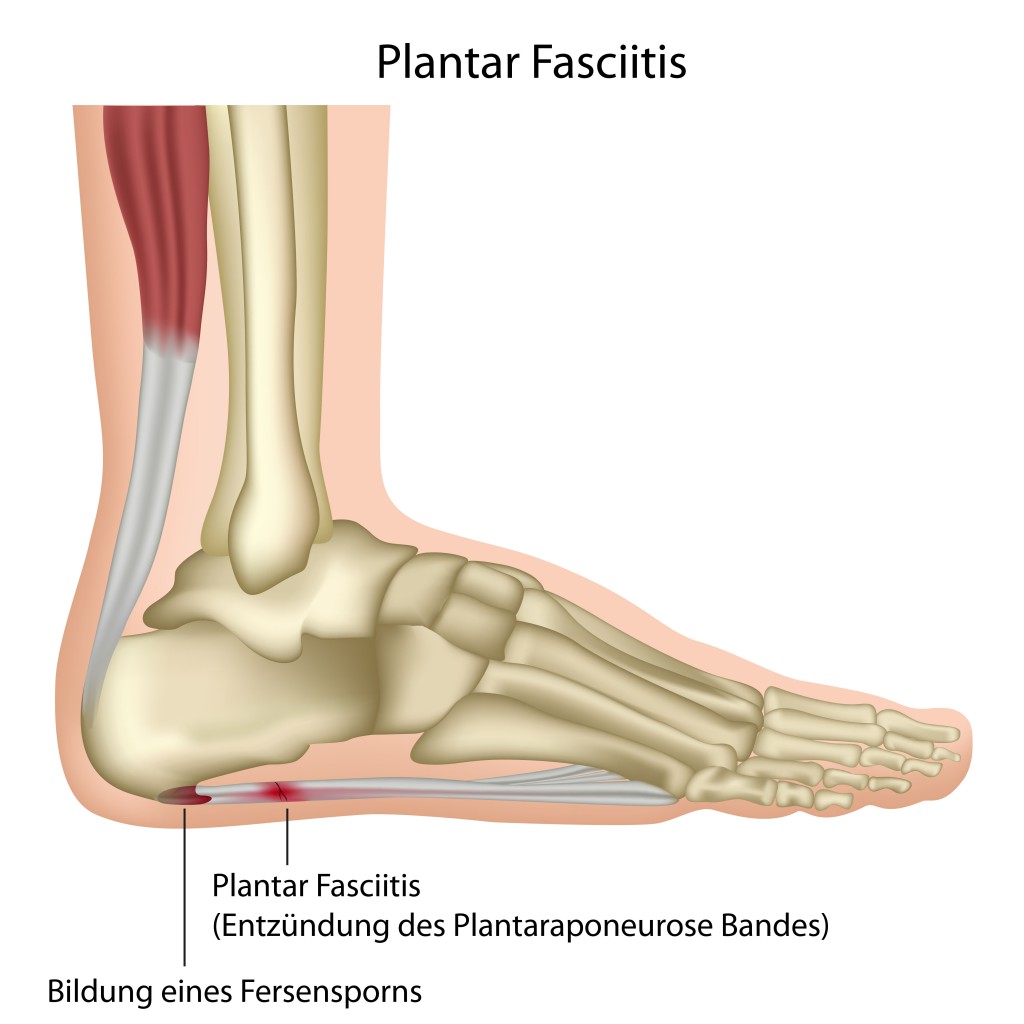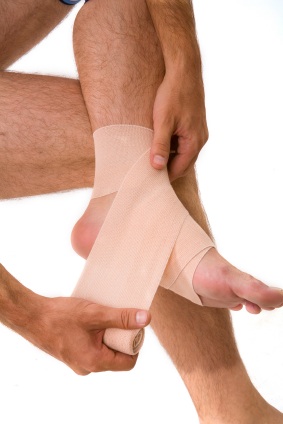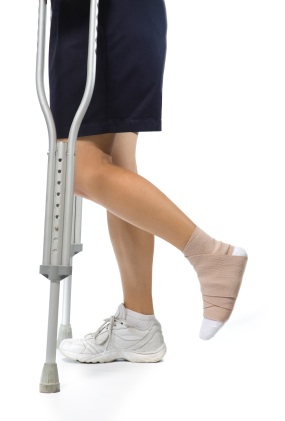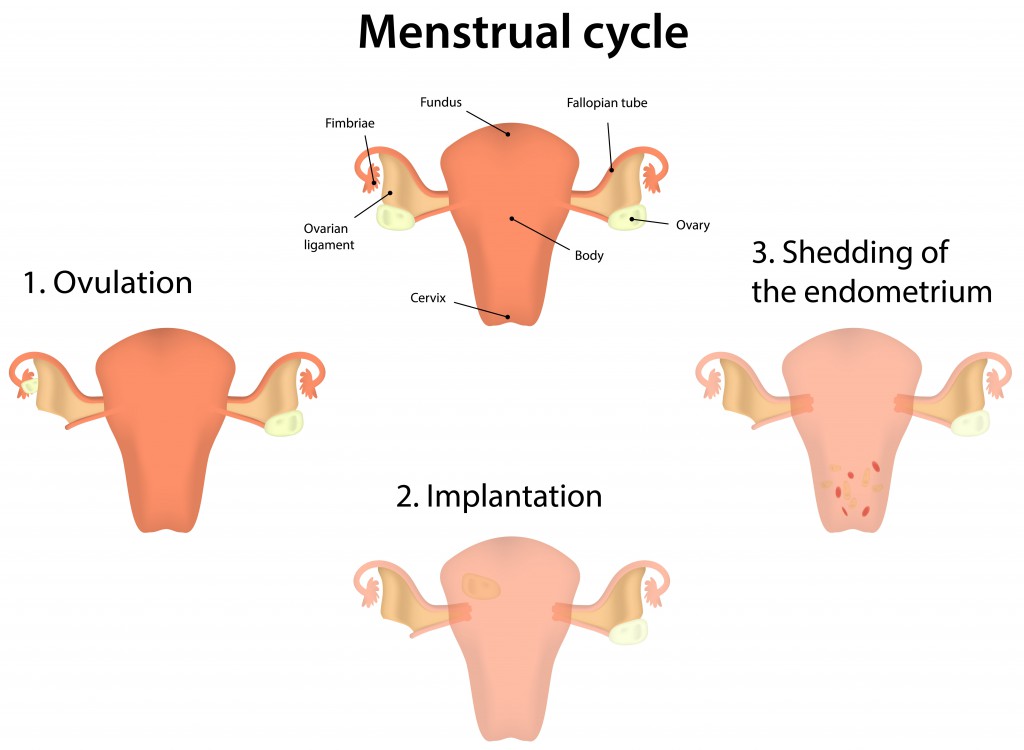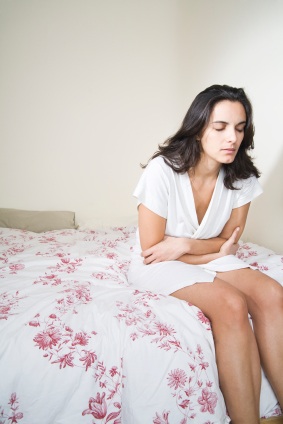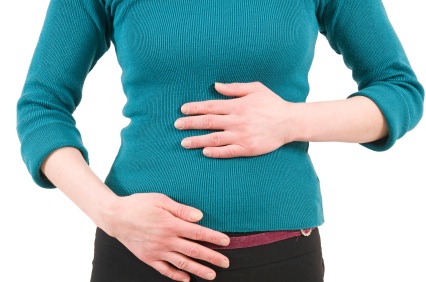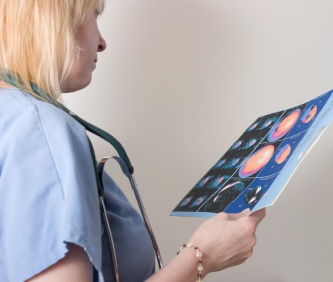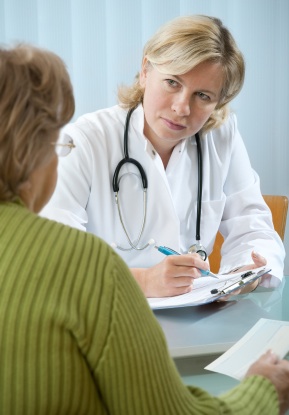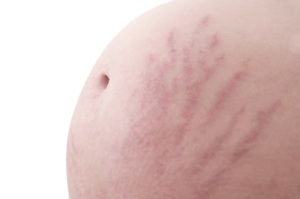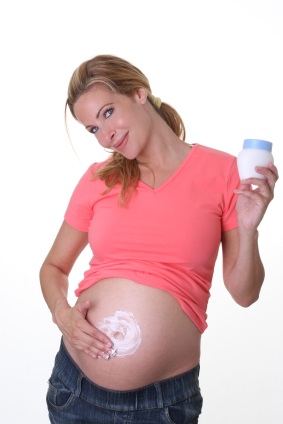Abrasions, often referred to as a burn, skin, or scrape, occur when the skin is rubbed away; commonly abrasions occur when one falls on a hard or rough surface. Children are extremely prone to abrasions, commonly suffering from a skinned knee as a result of playing and falling. Abrasions remove layers of skin from the epidermis, which is the outer layer of skin that protects the body from outside forces. Typically, abrasions are accompanied by bruising or small cuts. Fortunately, abrasions do not usually result in scarring; however, with severe abrasions scarring can occur.
Causes
The common causes of abrasions are coming into contact with or scarping up against a rough surface such as cement or asphalt, sports injury, bed sores, falls, and scratching in sleep. Children and the elderly are at a greater risk for contracting abrasions. Young children can be clumsy may fall while playing. Often, children experience a skinned or scraped knee as a result of a fall or accident. The epidermis in the elderly is thinner and at a greater risk of for abrasions. Bedsores and falls can be common for older individuals, thus resulting in an abrasion.
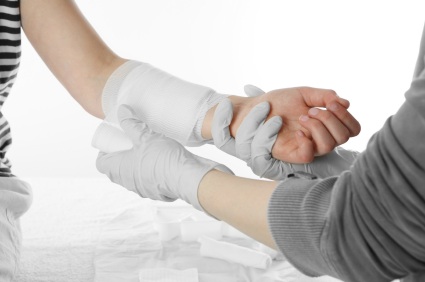
Symptoms
Symptoms of an abrasion may include, pain, redness, swelling, oozing, rash, or even bleeding. The wound will appear pink or reddish in color, and some people may feel a hot or burning sensation around the abrasion. Some individuals may experience a slight fever in reaction to bacteria that got into the abrasion. It is best to always wash the affected area with anti-bacterial soap and treat with a topical antibiotic ointment to kill any bacteria.
Types of Abrasions
Abrasions in the skin can range from grazed skin, which is a minor abrasion that appears pink in color and may or may not bleed, to a rash, which can remove several layers of skin and results in bleeding. Many abrasions are referred to as burns. Rug burns and rope burns are a common abrasion that is caused by slipping or gripping too tightly on a rope or slipping or falling on carpet. These types of abrasions are less serious, only removing a few layers of the epidermis. Corneal abrasions occur in the eye. A foreign body, such as dirt or sand, can enter into the eye and cause an abrasion on the outer layer of the eye. Typically, corneal abrasions are easy to treat and do not result in scarring.
Cleaning Abrasions
Wash the affected area thoroughly using antibacterial soap, such as Dial or Softsoap. Be sure to remove all dirt and debris from the wound. You can use hydrogen peroxide or rubbing alcohol to clean and disinfected the abrasion, but some pain may occur. After you have cleaned the open wound, place an antibiotic cream such as Neosporin over the abrasion and cover it with gauze or an adhesive bandage such as Band-Aid. Always check any abrasions for deeper cuts, or lacerations, as these will need medical attention. . If you cannot remove all the debris or if the wound is very deep, see a doctor as soon as possible.
Antiseptics
Many supermarkets, drug stores, and grocery stores sell antiseptics that will clean and disinfect the abrasion. These antiseptics will help to rid the area of bacteria and stimulate the healing process. It is important never to scrub or rub the area too hard as this may cause further infection or irritation.
Iodine
You can clean the wound with iodine. After washing the area with water, simply pour some iodine on a cotton ball or soft, clean washcloth and rub the wound. This works to clean and disinfect, preventing infection and scarring.
Hydrogen Peroxide
Hydrogen Peroxide is a very effective antiseptic and is often used in wound care. It is inexpensive and sold in almost every supermarket, drug store, or grocery. Dip a cotton ball or clean washcloth into some hydrogen peroxide and rub gently onto the abrasion. The hydrogen peroxide may bubble, but it is not harmful. It will clean and disinfect the wound and help it heal faster. Do not use hydrogen peroxide for a prolonged period of time to treat abrasions. Studies have shown that extended use of hydrogen peroxide can actually irritate and in some individuals damage the skin.
Antibiotics
Topical antibiotics can be used after effective wound cleaning to prevent infection. Brands such as Neosporin or Triple Antibiotic increase the healing process and kill bacteria in the abrasion. These ointments can be purchased at most health food stores, supermarkets, grocery stores, and drug stories.
Natural Remedies
Many natural plants and herbs can stimulate the immune system and increase the healing process of abrasions. Home remedies have been used to treat abrasions for generations and many scientific studies have shown their effectiveness.
Aloe Vera
Aloe vera is known for its anti-inflammatory and antibacterial properties. It works to soothe the pain of the abrasion and ease any burning sensation you may feel. It encourages the healing process by helping to rid the body of harmful bacteria. You can purchase aloe vera gel at local supermarkets, pharmacies, and health food stores. If you have an aloe plant at home, you can extract the gel by cutting a leaf down the center and draining the yellow latex from the plant. Be careful not to touch the latex as it can cause skin irritation. Once the latex has drained, use the gel from the leaf on your wound.
Honey
Honey has many healing benefits. It works as a natural disinfectant, can help to clean out debris in the wound, and keep the skin soft and moist to encourage healing. Simply apply enough honey to cover the abrasion and cover with gauze or an adhesive bandage.
Lavender
Lavender has many beneficial healing qualities such as encouraging cell regeneration and antiseptic properties. After cleaning the abrasion, apply 3 or 4 drops of lavender essential oil to a piece of gauze. Apply the gauze to the wound using medical tape. The lavender oil will help to relieve pain and inflammation associated with the abrasion. Be sure to change the dressing on the wound at least twice a day to ensure proper healing.
Vitamin C
Consuming vitamin C will help to give the immune system a much-needed boost and help to fight off infection due to an abrasion. Try to eat foods such as oranges, tomatoes, strawberries, broccoli, and red peppers. You can also take vitamin C supplements to give your immune system an extra push. Vitamin C supplements are sold at local health food stores, supermarkets, drug stores, and groceries.
Be sure to purchase a vitamin C supplement that is made from natural plants, not from the synthetic supplement ascorbic acid. Ascorbic acid does not work as quickly or as well to stimulate the immune system.
Witch Hazel
Witch Hazel is often used to clean and disinfect the skin. It contains resin, procyanidin, and flavonoids, which reduce inflammation and soothe pain associated with abrasions. Drug stores commonly sell Witch Hazel mixed with rubbing alcohol that can clean and treat abrasions. It works to reduce swelling and take away pain and any burning sensations.
Garlic
Garlic has been shown to have antibiotic, antiviral, and antifungal properties. It rids the abrasion of harmful bacterial and stimulates the healing process. Simply slice a garlic clove and place a piece on the wound. You can also use garlic oil, which is sold at health food stores, and place it on a piece of gauze and apply to the wound. Do this 2 to 3 times a day for best healing results.
Thyme
Thyme has antiseptic properties and works with the body to regenerate new skin. Apply 2 to 3 drops of thyme essential oil to a piece of gauze and apply it to the cleaned wound. Tape the gauze down with medical tape and change the dressing 2 to 3 times a day. You can also mix 5 to 6 drops of essential oil with a cup of water and clean the abrasion with the mixture 2 to 3 times a day. Be sure to always use a clean washcloth or cotton ball to clean the wound.
Turmeric
Turmeric is commonly used in Indian culture as a cure-all. It has been proven to stimulate skin regeneration and effectively clean wounds. Simply clean the abrasion, and put a small amount of turmeric powder on the open wound. Let the powder absorb into the skin for approximately 5 minutes then cover with an adhesive bandage or gauze.
Turmeric can also be used to help in scab formation. Mix a ¼ of a teaspoon of turmeric powder with 1 teaspoon of clarified butter. Using a cotton ball or clean washcloth, gently apply the mixture to the wound. You can repeat this up to 3 times a day until the scab is naturally removed. Turmeric powder is available at health foods stores, international markets, and some grocery stores. Be very careful when using the powder as it can stain your clothing yellow.
Vitamin E
Vitamin E oil applied to the wound can stimulate the healing process and help the abrasion heal faster. After cleaning the abrasion, apply the vitamin E oil to the wound using a clean washcloth or cotton ball. Vitamin E oil can be found at health food stores, drug stores, and most supermarkets.
Additionally, try increasing your diet in foods that are rich in vitamin E. Eggs, milk, avocados, spinach, asparagus, and whole grains are all rich in vitamin E. The antioxidants found in vitamin E and a diet rich in vitamin E can help to boost the immune system to accelerate healing.
What to Avoid
When you have an abrasion, avoid consuming unhealthy foods. They can prevent your immune system from fighting off any underlying infection caused by the abrasion. Avoid alcohol consumption as it can weaken the healing process. Avoid wearing clothing that can cling or rub the area; this will prevent healing and make the wound worse.
The Healing Process
Abrasions can range in healing time based on the severity and the treatment options used. Typically, the wound will heal 5 to 14 days after the initial injury. When healing, the skin around the wound may look red or pink and raw. As the abrasion heals, the new skin will form, looking smooth and pink in appearance.
When to See a Doctor
Home remedies are perfect treatments for mild abrasions. For more severe abrasions, you may need to see your doctor. If your wound is large, deep, and difficult to clean, if there is a pus-like discharge, if infection develops, or if you are not up to date on your tetanus shot, you need to see a doctor. If you have not had your tetanus shot within the last five years, be sure to see your doctor and have the shot within 48 hours of your injury
Prevention
If engaging in sports activities, always wear the proper protection, such as knee pads, skin guards, and elbow pads. Wear gloves or protective clothing if your will be engaging in an activity that may require you to pull rope or be around rough surfaces.

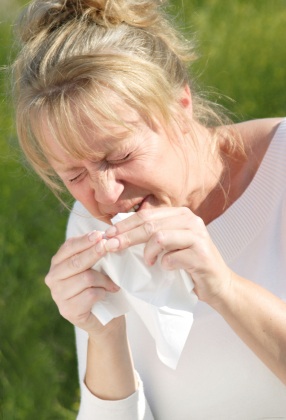
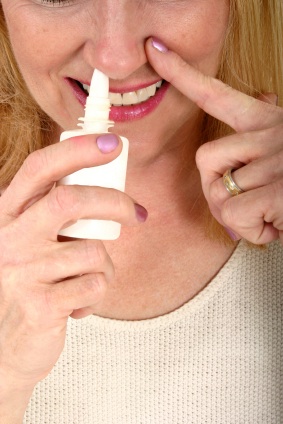 Saline spray is one of the most common treatments for nasal congestion. It is available in supermarkets, drug stores, and grocery stores. You can even make your own saline solution easily and with little cost. Bring 1 cup of water to a boil and pour in 1/4 teaspoon of non-iodized salt and a 1/4 teaspoon of baking soda. Stir lightly until the salt and baking soda is diluted, leaving the water a bit cloudy in color. Allow the solution to cool until it is at room temperature and place in a clean and sterilized 8-ounce container. You can use this solution in a neti pot or with a nasal bulb.
Saline spray is one of the most common treatments for nasal congestion. It is available in supermarkets, drug stores, and grocery stores. You can even make your own saline solution easily and with little cost. Bring 1 cup of water to a boil and pour in 1/4 teaspoon of non-iodized salt and a 1/4 teaspoon of baking soda. Stir lightly until the salt and baking soda is diluted, leaving the water a bit cloudy in color. Allow the solution to cool until it is at room temperature and place in a clean and sterilized 8-ounce container. You can use this solution in a neti pot or with a nasal bulb.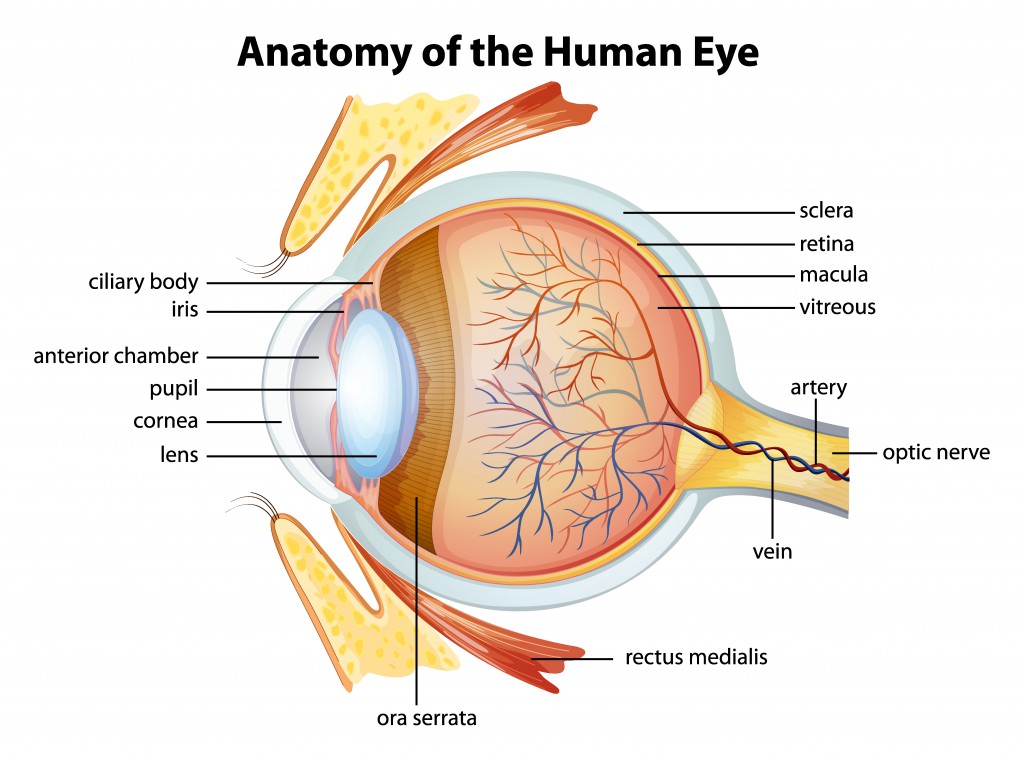
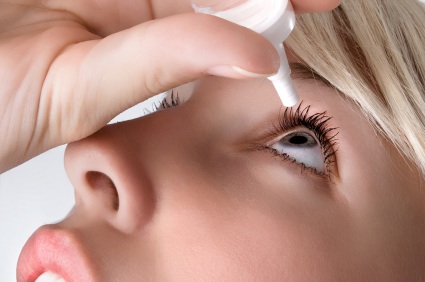
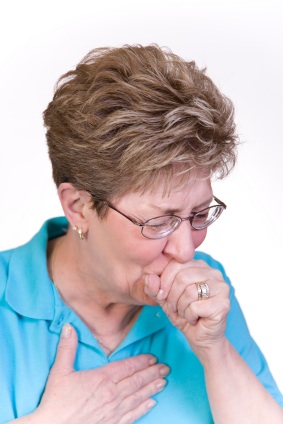 Nasal congestion is usually accompanied by excess mucous occurring in the nasal passages as well. However, this may be true occasionally, but it is not the most common reason why the nose gets congested. The most common cause for a stuffy nose is that the tissue lining it (mucous membrane) becomes swollen, usually due to some sort of irritation.
Nasal congestion is usually accompanied by excess mucous occurring in the nasal passages as well. However, this may be true occasionally, but it is not the most common reason why the nose gets congested. The most common cause for a stuffy nose is that the tissue lining it (mucous membrane) becomes swollen, usually due to some sort of irritation.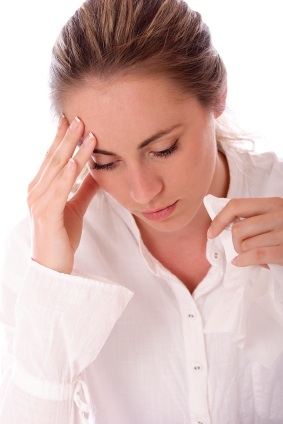 Nasal congestion is easy to diagnose, however determining the underlying cause may be more difficult. Your physician will be able to determine the cause of your congestion upon a physical examination. Normally, a primary care physician will examine your nose with a nasal speculum or otoscope and a penlight.
Nasal congestion is easy to diagnose, however determining the underlying cause may be more difficult. Your physician will be able to determine the cause of your congestion upon a physical examination. Normally, a primary care physician will examine your nose with a nasal speculum or otoscope and a penlight.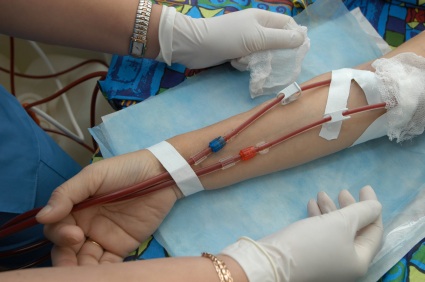 Generally,
Generally, 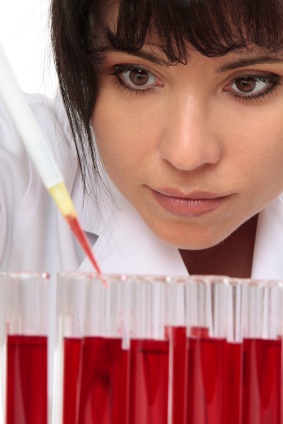 Another type of anemia is sickle cell anemia. With this type of anemia, the body produces red blood cells that are shaped like a “C” of a sickle. The hemoglobin in these cells causes the sickle shape. It is difficult for these sickle shaped cells to move through the blood vessels. Sickle cell anemia is an inherited, lifelong disease. The sickle shape of the blood cells can cause them to clump together which results in pain and inflammation for those who suffer from sickle cell.
Another type of anemia is sickle cell anemia. With this type of anemia, the body produces red blood cells that are shaped like a “C” of a sickle. The hemoglobin in these cells causes the sickle shape. It is difficult for these sickle shaped cells to move through the blood vessels. Sickle cell anemia is an inherited, lifelong disease. The sickle shape of the blood cells can cause them to clump together which results in pain and inflammation for those who suffer from sickle cell.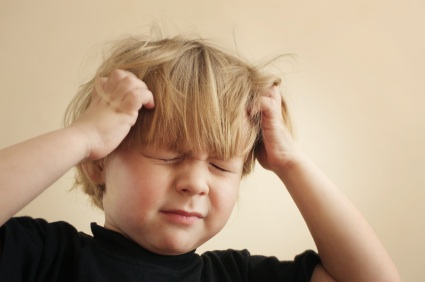
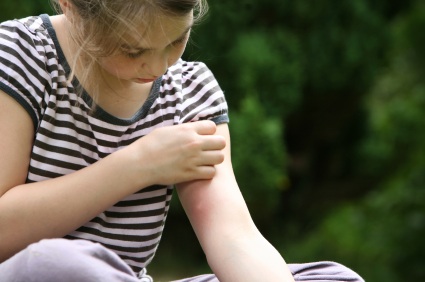 While some infestations may resolve on their own, left untreated scabies can escalate into a highly unpleasant problem. Increased itching, formation of bloody scabs, and patches of scaly skin may accompany an advanced infestation. In such instances, medical treatment is the most efficient and best option. Scabies can also become resistant to medications over time, though this usually only occurs in repeat infections.
While some infestations may resolve on their own, left untreated scabies can escalate into a highly unpleasant problem. Increased itching, formation of bloody scabs, and patches of scaly skin may accompany an advanced infestation. In such instances, medical treatment is the most efficient and best option. Scabies can also become resistant to medications over time, though this usually only occurs in repeat infections.